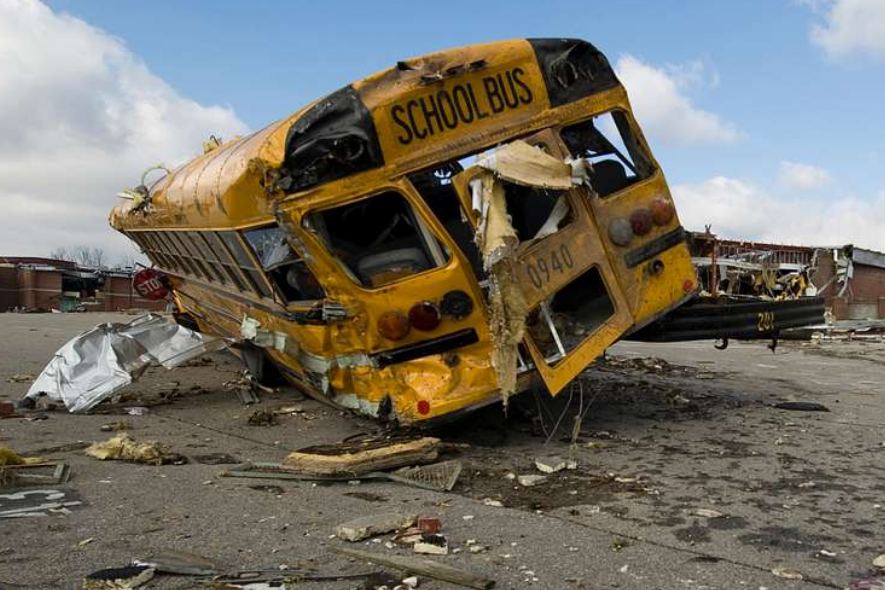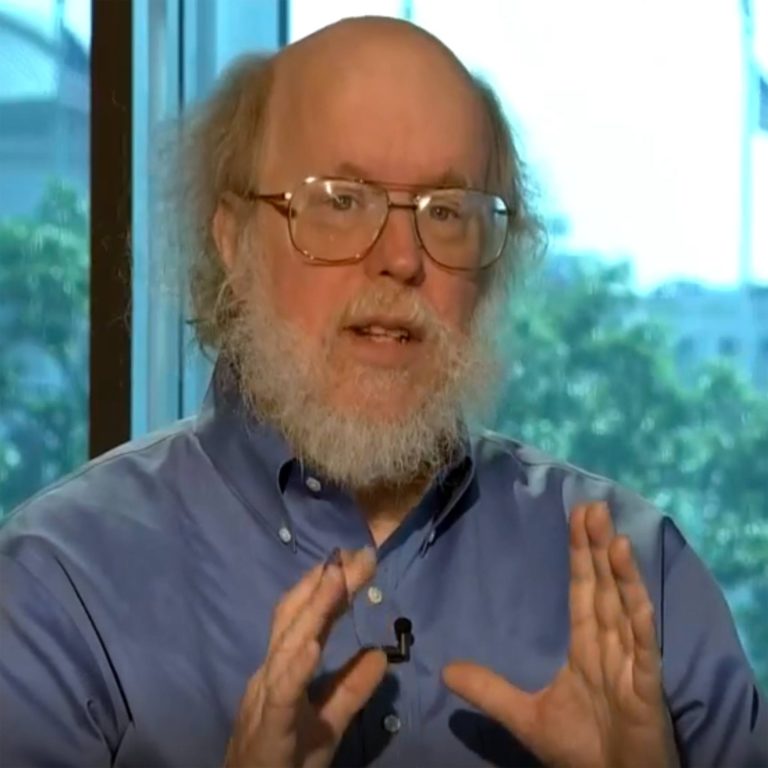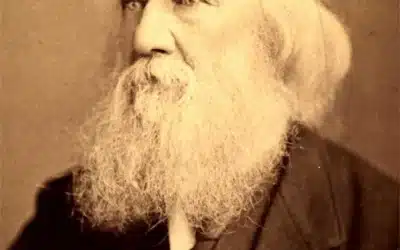President Joe Biden seeks to boost government school spending to close the achievement gap between white and black students. According to the Biden administration, disparities in student test scores justify further government intervention. But Biden ignores how previous government education decrees ravaged Americans’ freedom and domestic tranquility.
In a speech earlier this month, Biden touted the 70th anniversary of the Supreme Court decision on Brown v. Board of Education. That decision ruled that “separate but equal” systems that intentionally segregated students by race violated the Fourteenth Amendment. That decision resulted in profound changes in southern states that had created parallel but inferior school systems for blacks, along with other barriers for learning.
In his speech, Biden sniped at Republicans and conservatives, claiming, “We have a whole group of people out there trying…to erase history.” But the biggest erasure involves the largest Diversity, Inclusion, and Equity crusade in American history—the forced busing that disrupted many cities and metropolitan areas from the 1970s onwards.
Ten years after Brown v. Board of Education, Congress enacted the Civil Rights Act of 1964, which specified that “‘desegregation’ means the assignment of students to schools ‘without regard to their race,’ and ‘shall not mean’ assignment ‘to overcome racial imbalance.’” Regardless of the clear language of the law, the Supreme Court began rubberstamping court decrees that compelled the busing of children far from home to satisfy constantly changing demands for racial balance. As professor Lino Graglia noted in his 1976 classic, Disaster by Decree: The Supreme Court Decisions on Race and the Schools, forced busing was “the compulsory transportation of school children out of their neighborhoods to increase school racial mixing or ‘balance.'”
Though the issue may seem obscure if not archaic to many young voters, forced busing was briefly a hot issue in the Democratic presidential race in 2019. During one of the debates, Kamala Harris attacked Joe Biden for having opposed forced busing in the 1970s, his first decade in Congress. Biden was mentally sharper then than he is now, so he did not falsely claim to have been a heroic civil rights demonstrator who was arrested at the South African embassy after almost being at the famous 1965 Selma protest. In his response to Harris, Biden stressed that busing should have been “a local decision made by your city council.”
Harris demanded to know: “Do you agree that you were wrong to oppose busing in America?”
Biden denied that he opposed busing per se: “What I opposed was busing ordered by the Department of Education.” Actually, the federal Department of Education was not created until late in the 1970s and it had no power to order busing. The vast majority of busing conflicts stemmed from judicial decrees, which Biden seemed to understand a half century earlier.
According to Harris, forced busing was necessary “because there are moments in history where states fail to preserve the civil rights of all people”—and thus the federal government must intervene.
Biden’s narrative on busing has evolved over the last half century. In 2007, in his first memoir, Promises to Keep: On Life and Politics, Biden called busing a “liberal train wreck” that was “tearing people apart.” He honestly admitted: “White parents were terrified that their children would be shipped into the toughest neighborhoods in Wilmington; black parents were terrified that their children would be targets of violence in the suburban schools. Nobody was happy.” Biden endorsed legislation in the 1970s to limit the power of federal judges to order busing. His position on busing was one of his signature issues before he became one of the most fanatic supporters of the federal War on Drugs the following decade.
Biden’s position in the 1970s was mainstream and relatively prudent. Forced busing became an explosive issue nationwide because a long series of muddled or inconsistent Supreme Court decisions effectively authorized federal judges to intervene any time there was a racial disparity in the classroom. Localities and school systems with no history of intentional racial discrimination were commandeered by federal judges who made themselves tinhorn dictators to control every aspect of the classrooms.
In May 1974, Boston residents voted 15 to 1 against busing schoolchildren to achieve racial integration. A month later, U.S. District Judge Arthur Garrity ignored the popular vote and made himself czar of Boston schools. Garrity effectively decreed that because the schools were supposedly unconstitutionally segregated, neither parents nor students nor anyone else had any rights. Garrity ordered the speedy imposition of a “master plan” that he later admitted he had not bothered to read. The judge scorned a proposal to rectify racial disparities by permitting parents to voluntarily send their children to schools in other neighborhoods.
Forced busing was the equivalent of throwing a bomb into a classroom. Under Garrity’s decree, schools in Roxbury, a poor black area, and South Boston, a poor white Irish area, were merged. The New Republic noted in 1983 that “the early years of busing [in Boston] furnished to the student passengers an educational experience of value only to those aspiring to careers in urban guerrilla warfare.” The National Guard was called out to restore order in Boston after violent public protests and racial clashes in the areas around the schools. Even the 82nd Airborne Division was put on alert for Boston duty.
Violence within schools also soared, and members of the Boston School Committee denounced the busing program for causing “bloodshed and racial hatred.” Boston Mayor Kevin White banned all public meetings or gatherings of more than three people in South Boston to try to limit the opposition to busing. As Graglia noted in Disaster by Decree, “The school officials [under forced busing orders] are often virtually enjoined from publicizing race-related incidents; to do so is to risk a judicial finding of an insufficiently cooperative attitude or inadequate enthusiasms for integration and to risk subjection to further court-imposed restrictions.”
I lived in a rundown Boston neighborhood in 1977 and 1978 and saw firsthand how forced busing fueled conflict. Having been raised in rural Virginia, I was accustomed to relatively amicable race relations. I was stunned by the instant, burning hatred I sensed from some Boston blacks, and by the routine shouting of racial slurs in lower-class white neighborhoods.
Forced busing exemplified the local dictatorship of the “best and the brightest.” As Stephan and Abigail Thernstrom noted in their 1997 book, America in Black and White, “The plan that Garrity imposed upon the city was punitive in the extreme…The judge’s advisers and the state Board of Education believed that those against whom it was directed—in their eyes, localist, uneducated and bigoted—deserved to be punished.”
There was far more enthusiasm among Boston elites for iron-fisted equalizing than for democracy. Harvard’s Center for Law and Education was co-counsel for the case that spurred Garrity’s power grab. The vast majority of college presidents in the Boston area embraced Garrity’s takeover of the schools. Professors rushed to enlist in the brain trust to centrally micromanage every classroom. Social scientists moved children around a chess board with the same alacrity that generals choose regiments for suicide charges. At the same time, almost all these equalizers made sure their own children were not pulled into the vortex.
After forced busing, academic achievement levels plunged in Boston. White enrollment fell almost 80% in the following decade. Garrity had originally decreed that any school that had less than 50% white enrollment was automatically illegitimate. By the late 1990s, the school system was seeking to impose a quota of at least 9% white students. Study after study concluded that forced busing in Boston and elsewhere failed to provide an academic boost to minority students.
Boston’s busing regime rested on perpetual contempt for both students and parents. Even though there were only 13% white students remaining in local schools by 2013, almost two-thirds of students were still bused away from their neighborhoods. Students were dragged out of bed at an ungodly hour—the busing started at 6:05 am—for the glory of a long-dead judge’s vision.
Even though forced busing failed, Boston retained Byzantine controls that stifled parents’ and students’ choice. The Boston School Committee rejected a proposal for a “walk-zone priority” that would have reserved half the slots in each school for children residing within a mile. Instead, children will be assigned to schools based on a convoluted algorithm devised by a Chinese grad student at MIT. The pursuit of social justice became so arcane that no common citizen can be expected to understand it.
The impact of forced busing on freedom was largely ignored by academics who cheered the intrusions. But as Justice Lewis Powell declared in 1973, “Any child, white or black, who is compelled to leave his neighborhood and spend significant time each day being transported to a distant school suffers an impairment of his liberty and privacy.” Children lost access to extracurricular activities, and parents could not easily pick up sick kids when schools were far from home.
The Supreme Court ludicrously presumed that black kids needed white classmates in order to learn. But some all-black schools such as Washington DC’s Dunbar High School had been paragons of excellence ever since the Reconstruction era. Justice Clarence Thomas groused in 1995, “It never ceases to amaze me that the courts are so willing to assume that anything that is predominantly black must be inferior.”
The attempt to inflict racial harmony with an iron fist was a disaster far and wide. Forced busing turned schoolchildren into political cannon fodder. It resulted in white flight that left many school systems more segregated than before forced busing began.
The Supreme Court’s 1954 decision was spurred in part by the achievement gap between black and white students, a gap that narrowed in the subsequent decades. Since 2001, the federal government has spent hundreds of billions of dollars for policies to close the achievement gap, including No Child Left Behind and Common Core. But the racial achievement gap “is now 30 percent larger than it was 35 years ago,” according to Stanford University education professor Linda Darling-Hammond. Biden worsened that gap by approving perpetuating unjustifiable school shutdowns during the COVID pandemic.
Forced busing epitomizes the degradation of parents and kids under bureaucratic regimes.
While politicians speak of free public education, it is the parents who are paying much, if not most, of the bill for their children’s education. Yet paying for schooling indirectly effectively turns parents from buyers into beggars. Regrettably, there is no way that parents can sue the government officials who forcibly sacrificed their children on an altar of equality.
Unfortunately, politicians can still score points by demagoguing about race and schools. Though Kamala Harris may have destroyed her credibility in perpetuity, there will be other political zealots who contort ancient controversies to sanctify new seizures of power. The debacles of forced busing should serve as a perpetual reminder of the danger of elitists with boundless contempt for the lives and rights of anyone who falls under their sway.
































